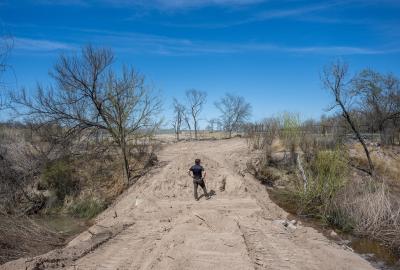4 reasons why electric vehicle range anxiety is so last year
Melody Ko loves her Kia EV6, the electric car she and her family bought about a year ago. Not just loves it, but loves, loves, loves it.
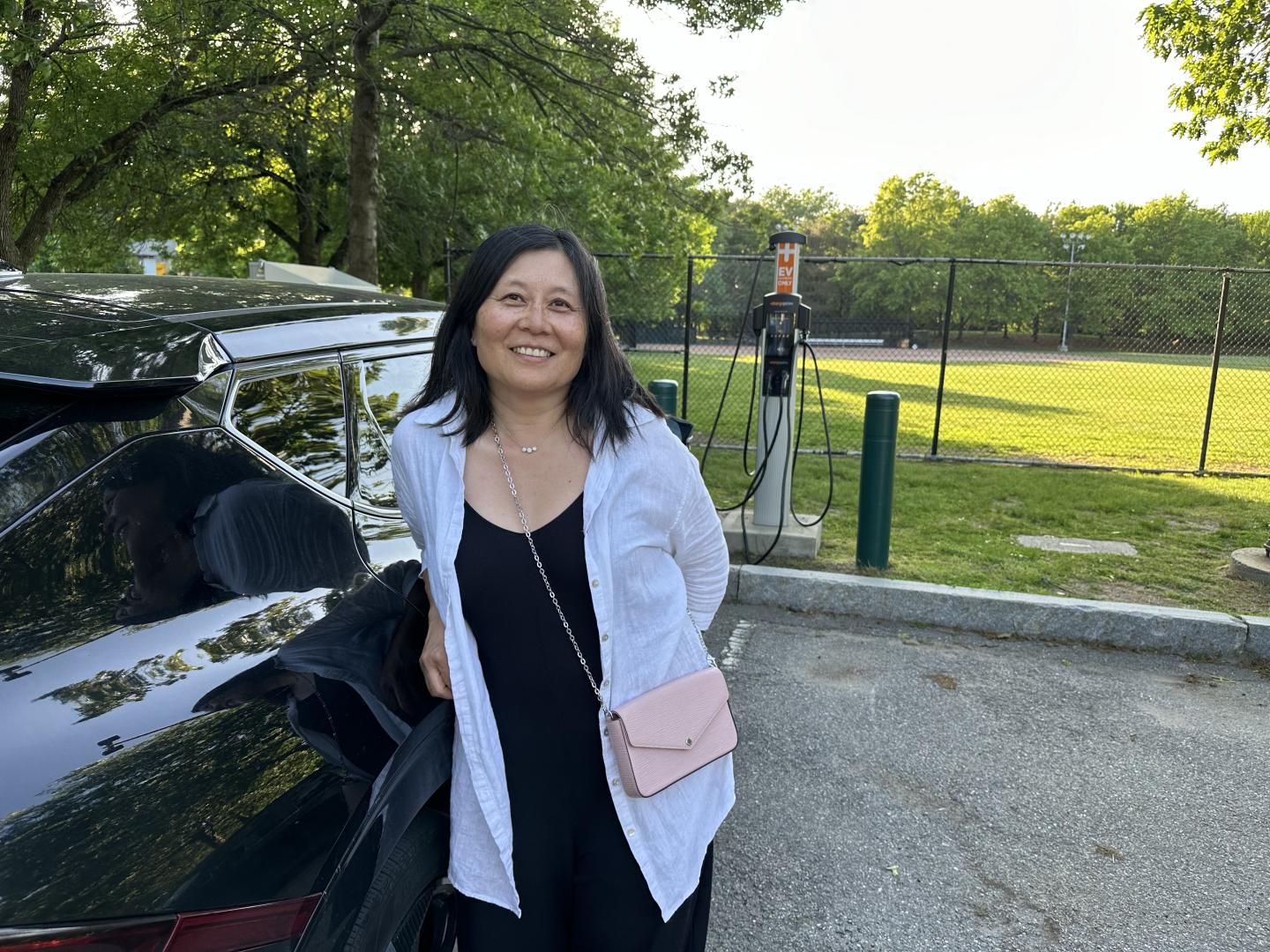
“It’s the nicest car I’ve ever driven,” says the Cambridge, Massachusetts communications consultant. “It’s such a smooth and amazingly well-designed ride.”
What Ko sometimes doesn’t love, though, is driving it long distances. “You have to plan your trip and make sure you can find one of those high-speed charging slots,” she says.
This generally isn’t the case for users of Tesla’s reliable and extensive Supercharger network. But for cars that can’t plug into the Tesla network, either because they don’t have the same kind of plug or because their manufacturer hasn’t entered into an agreement with Tesla, juicing up at public chargers can be a challenge.
“There’s a narrative out there that public fast charging can be a problem and definitely the allegations are true,” says Steve Taylor, CEO and co-founder of the EV charging industry newsletter ChargeCorps. “But the current narrative is not accommodating the new facts on the ground.”
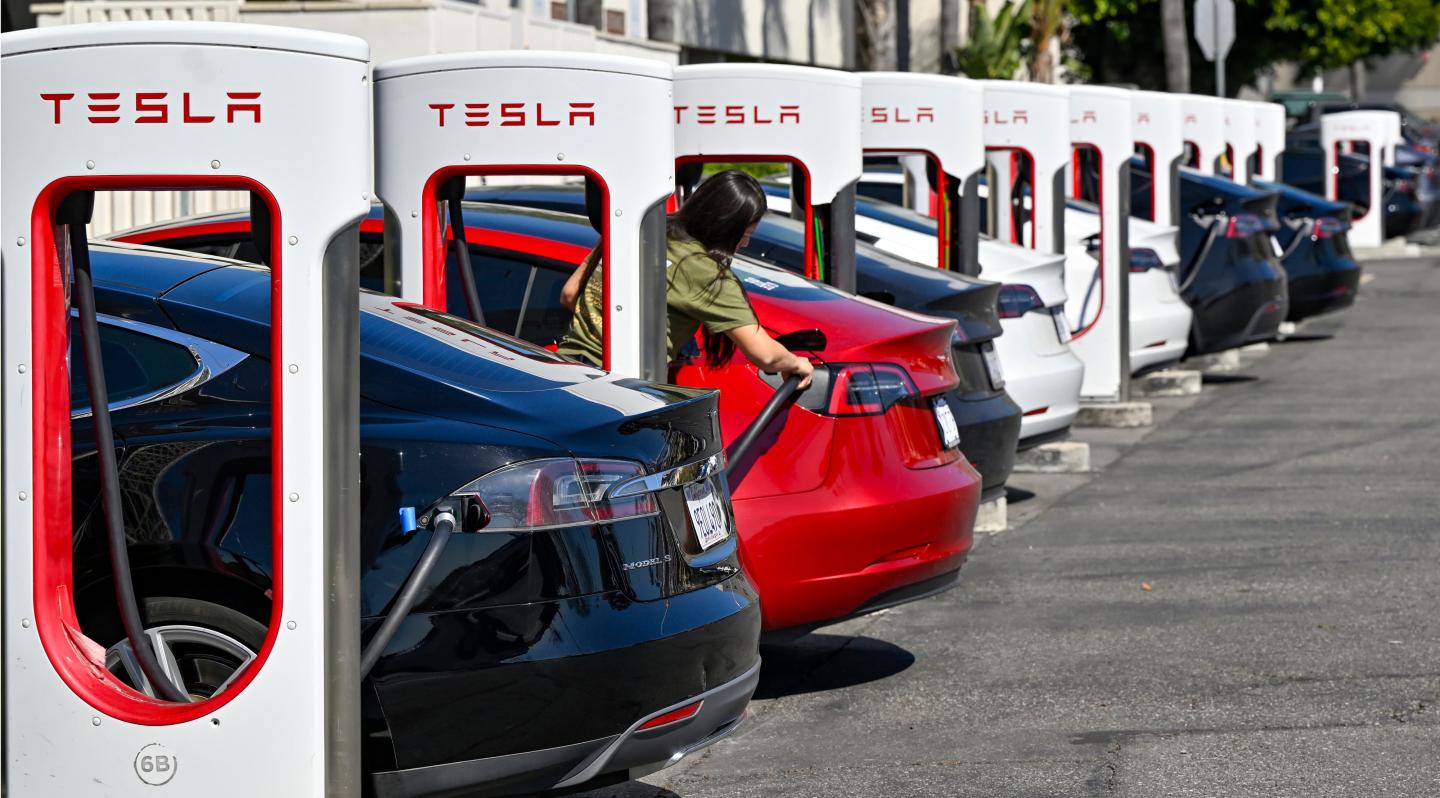
Those facts: Fast chargers are now on a serious rise, both in number and in quality.
That’s thanks to a combination of government support, new interest by retailers, the expansion of existing EV charging networks, technological advances and new players entering the marketplace.
Of the 182,000 chargers the federal National Renewable Energy Laboratory says the country must have to successfully support 30 – 42 million EVs by 2030, there are currently more than 42,000, with tens of thousands more in the works.
“With all the progress that’s being made on EV fast charging,” says Neda Deylami, a vehicle electrification manager at Environmental Defense Fund, “there’s no need to wait to buy an EV.”
All this is true even despite the recent crack up and subsequent patch up at Tesla. In late April, CEO Elon Musk fired virtually all of his Supercharger staff but then began rehiring some of them a couple of weeks later. “Tesla will spend well over $500M expanding our Supercharger network to create thousands of NEW chargers this year,” he said on X, formerly known as Twitter. (The company previously anticipated installing about 6,000 new stations in 2024.)
“I’m pretty confident that market dynamics and supply and demand will mean that the number of fast chargers needed to support the growth in [electric vehicle] sales will happen in the rest of this decade,” says Loren McDonald, CEO of EVAdoption, a data and market analysis firm. “If the demand is there and companies see a profit opportunity, the fast chargers will follow.”
Here’s are four reasons why range anxiety — the fear of running out of juice and having no place to charge — should fast become a thing of the past:
1. A federal infrastructure program
The Bipartisan Infrastructure Law that President Biden signed in November, 2021 included $7.5 billion to construct fast chargers across the U.S. “Five billion helps states build out charging along highway corridors, so people on road trips can charge,” says Deylami, “and another $2.5 billion will fill in the gaps in rural areas and cities.”
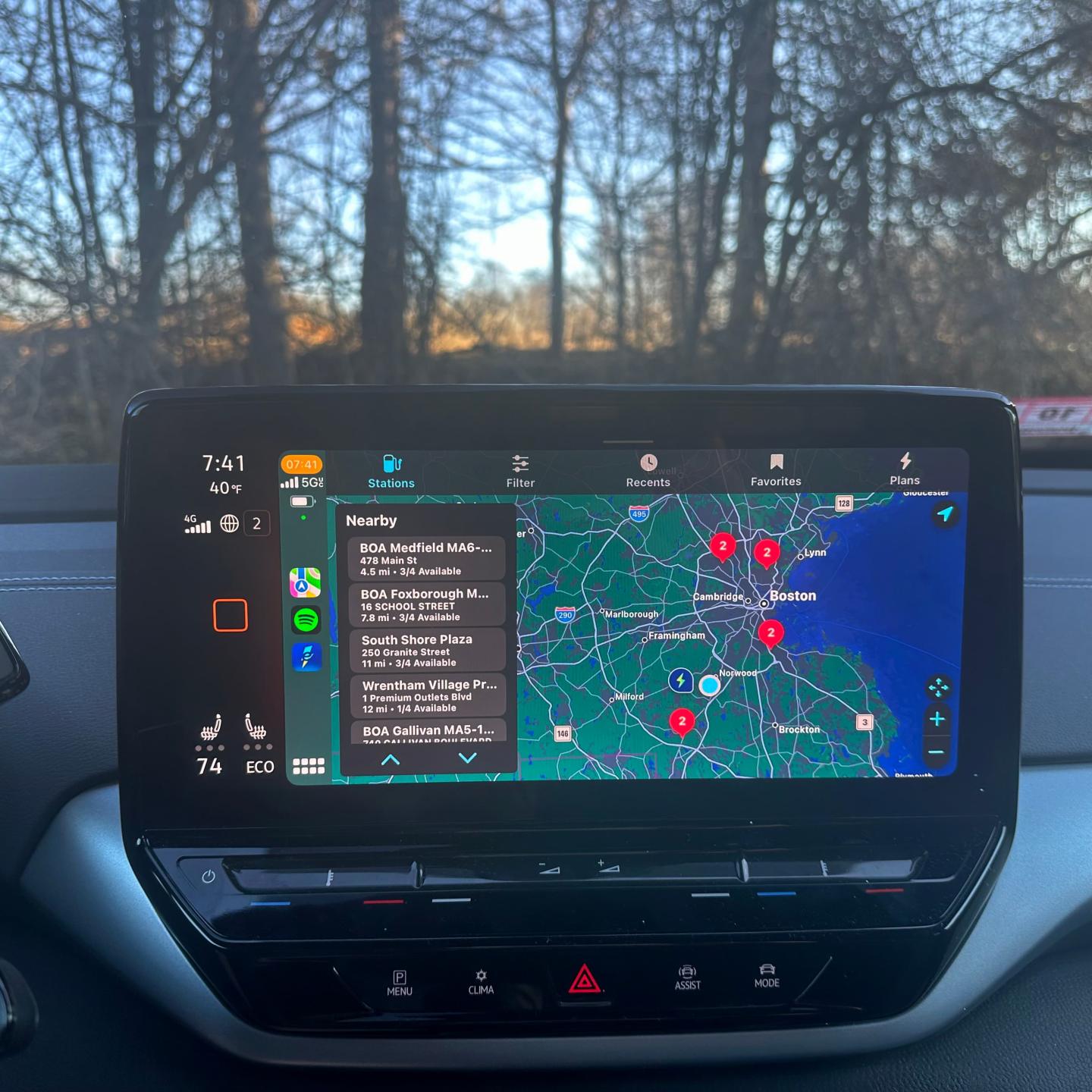
According to federal criteria, chargers must be deployed within a mile of a highway and must be no more than 50 miles apart. To receive operating funds, the chargers have to work at least 97% of the time and take payment by credit card, instead of only through a proprietary phone app.
It’s taken time for state governments administering the funding to get going; they needed to develop an administrative infrastructure from scratch. But the first stations opened late last year, and by the end of 2024, it’s likely that new federally-funded stations will debut every week. (There are no official — or unofficial — estimates of the number of fast chargers the program will support.) Says Deylami, “Doing it right is better than doing it fast.”
2. Now serving: chips, lottery tickets, donuts
Here are some things EV drivers can do while waiting for their cars to charge at public stations: calisthenics, meditation, read Dostoyevsky. But retailers and food service providers of all kinds have had a recent epiphany: “In the last 18 months, the whole convenience store/travel center/fueling industry woke up and realized EVs are happening and they could sell people a lot of stuff,” McDonald says.
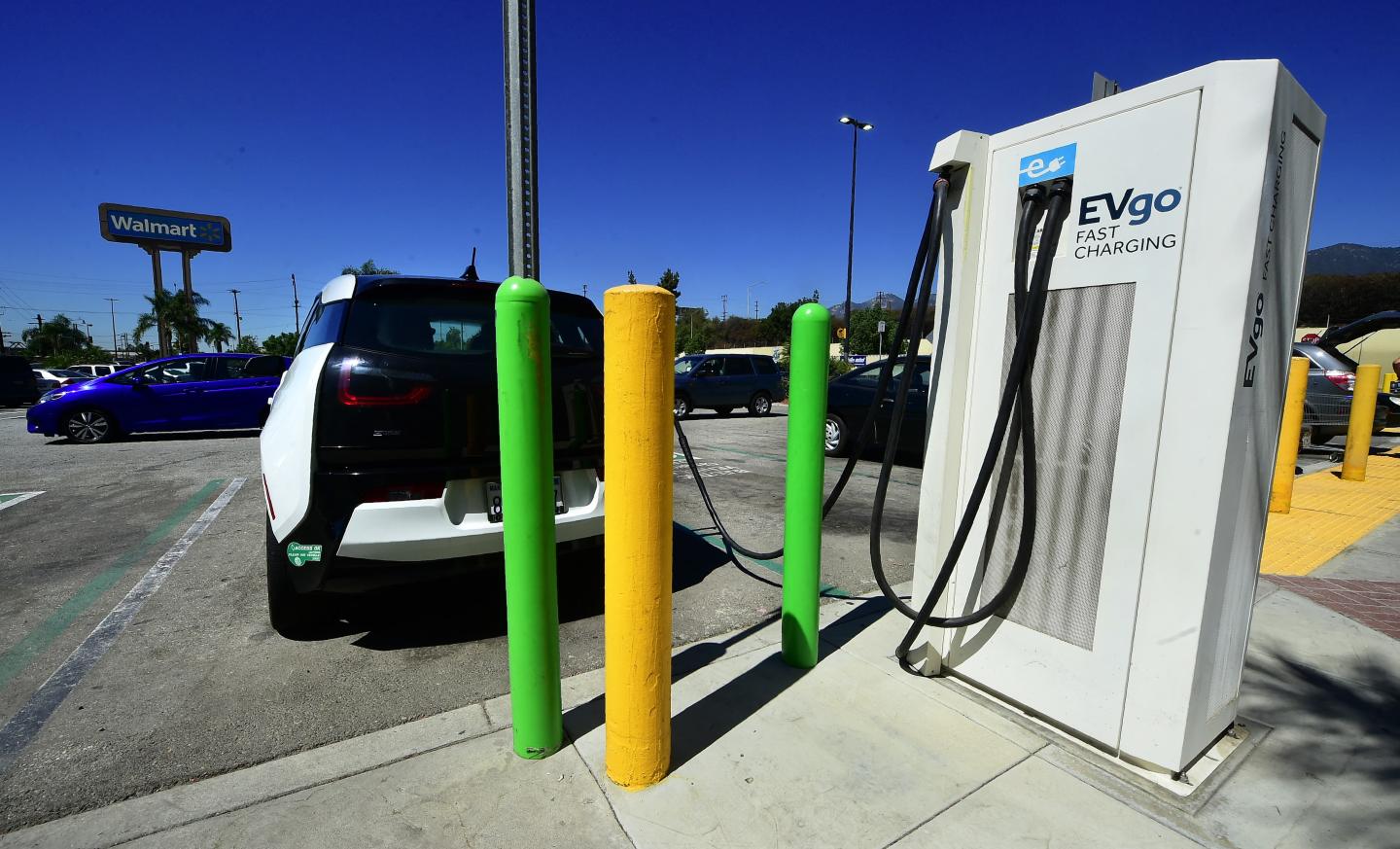
The Charge Ahead Partnership, a coalition pushing to expand EV charging, now includes among its 100-plus members such organizations as Love’s Travel Stops, Wawa, Buc-ee’s and the Idaho Petroleum Marketers & Convenience Store Association. “The people who own gas stations are pretty fuel-agnostic,” says CAP spokesperson Ryan McKinnon. “As more and more people buy EVs, they want to be able to meet the need.”
Gas stations aren’t the only retailers hoping to cash in, either. In January, Walmart announced it would add fast chargers at 800 stores. That’s on top of the 1,300 fast chargers it already has and is part of a plan “to build our own EV fast-charging network at thousands of Walmart and Sam’s Club locations coast-to-coast” by 2030. (Walmart says 90% of the U.S. population lives within 10 miles of one of its stores.) Rival retailer Target is adding fast chargers as well, as are cafes and restaurants, including Starbucks and Taco Bell.
3. Charging networks are growing
Companies whose main business is fast charging have had to play a waiting game in their efforts to become profitable. This year, though, as the number of EVs in the U.S. has shot up, networks like EVgo and Electrify America are seeing significantly increased demand for their fast charging services and are responding by building out new chargers. For instance, Electrify America, which currently has more than 4,000 fast chargers in its network, aims to reach 5,000 by year’s end.
Add to that a new charging network, Ionna, started by seven automakers who were tired of seeing Tesla eat their lunch: BMW, General Motors, Honda, Hyundai, Kia, Mercedes-Benz and Stellantis. It intends to build out a network of at least 30,000 fast chargers across North America that will be able to charge the vast majority of EVs. (Nissan Leafs are the exception.)
In addition to its participation in Ionna, Mercedes-Benz has begun its own network, too. The company plans a 400-station North American network with at least 2,500 chargers open to all kinds of EV drivers. First announced in November, the company has already opened 13 stations.
4. Even faster fast charging
A few blocks west of Times Square, in New York City, there’s a 24-bay charging center where EV owners can charge faster than anywhere else in the country. Luxury EVs like the Lucid Air and Porsche Taycan can add 200 miles-worth of charging in five minutes there. Non-luxury cars can still charge fast (though not as fast) there too.
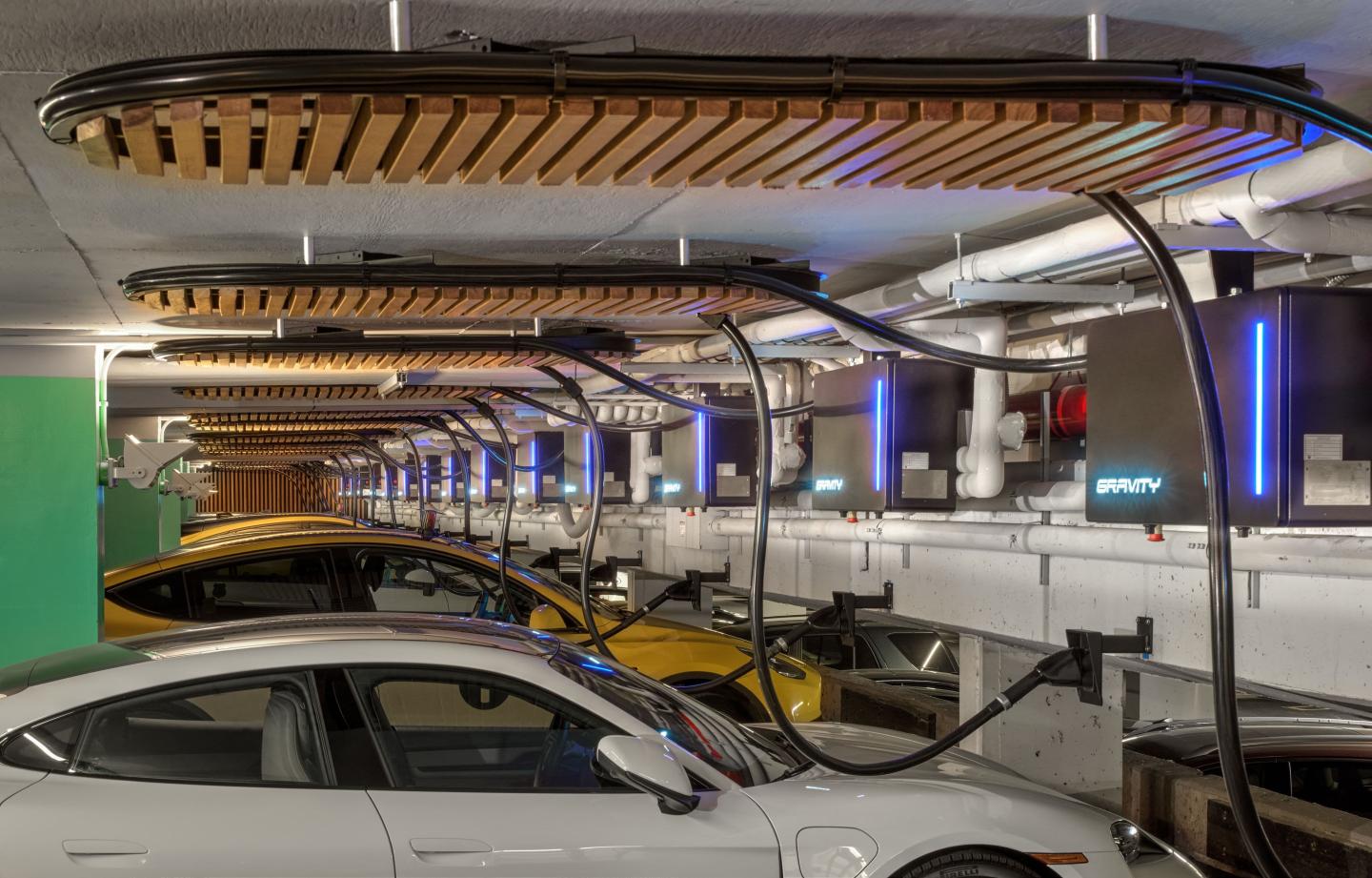
Gravity, the company behind the super-fast charging center, also offers a curbside charger that can add 200 miles-worth of juice in as little as 13 minutes. And increasingly, other charging companies — Tesla, Mercedes-Benz, Chargepoint — are adding extra fast public chargers.
That means less time charging each car, which is good for the individual driver, and a lower likelihood of having to wait to find a charging spot on busy days, which is good for drivers overall.
Looking ahead
According to an April report by Bloomberg Green, there is now one fast-charging station for every 15 gas stations in the U.S.
That fact is changing EV drivers’ experiences.
Though Ko is still concerned about taking longer trips in her Kia, she’s not thinking about getting another gasoline-powered car. In fact, just the opposite. “There are more and more places that have chargers,” she says. “Soon, there will be more chargers right off the highway. If you can easily stop for half an hour, go to the bathroom, pick up some McDonald’s — it’s the way to go.”


